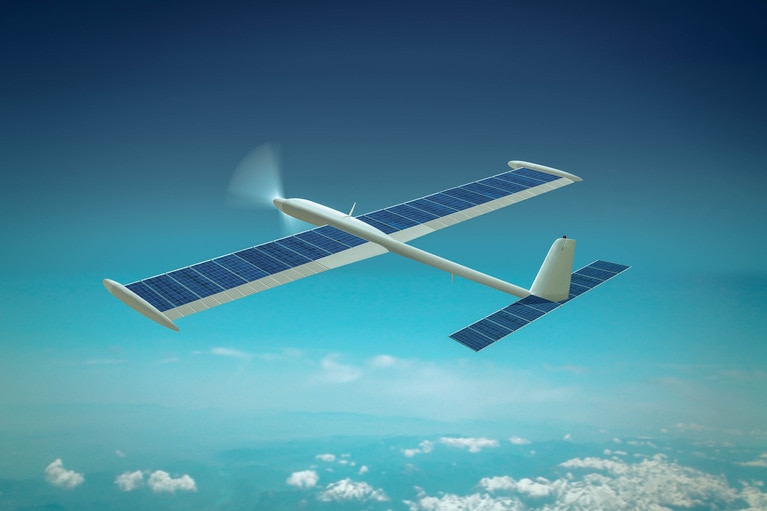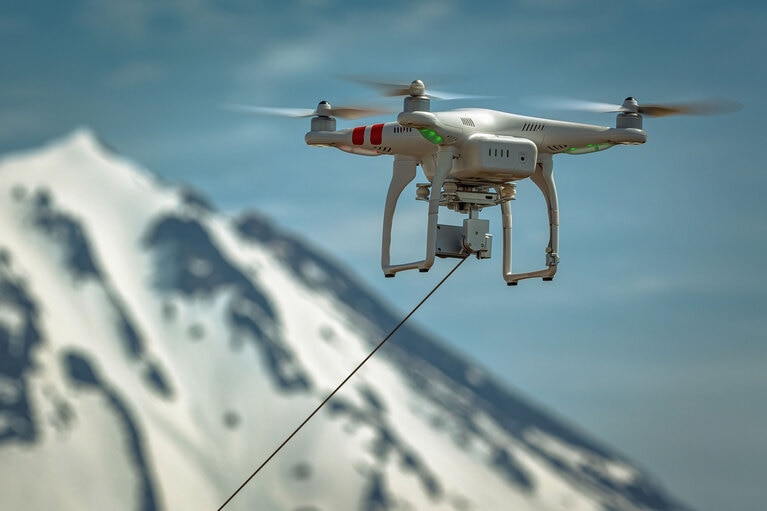
UAV Market Trends and Power System Seminar 2025 Taipei, Taiwan
Power modules enable top performance and innovation for today’s advanced UAVs
Case study: Unmanned aircraft for communications

This class of UAV depends on solar power to meet its long flight time requirements. Solar power systems rely on the use of maximum powerpoint tracking (MPPT) circuitry to ensure that solar energy is harvested at the optimum voltage before conversion to a voltage suitable for charging a secondary battery, or delivery to the power system’s intermediate bus network. The key goals were:
As this class of UAVs develops, high-efficiency power-conversion topologies such as Zero-Voltage Switching and Zero-Current Switching (ZVS/ZCS) which are used in Vicor BCMs® are important to enable the widening variety of fuel sources and applications with increasing power challenges.

Efficiently convert high voltages to SELV

Lightweight power delivery network

Wide input range at point-of-load conversion
A combination of the BCM6123 providing the isolated conversion of the 350V to a 48V intermediate bus and the PI3741 ZVS Buck-Boost regulator with a very wide range input voltage operating capability provides a tightly regulated 28V output for various UAV loads.
UAV Market Trends and Power System Seminar 2025 Taipei, Taiwan
Power modules enable top performance and innovation for today’s advanced UAVs
High-density, high-power modules enable lighter, safer, lower cost tether cables to extend missions
This class of unmanned vehicle is powered and controlled via a tether from a ground-based power source assisting in extended missions
High-efficiency, high-density modules free up space for advanced communications and extend range
High-efficiency class of UAV depend on solar power to meet its long flight time requirements
DCM DC-DC converters double the internal bus power and help keep the aircraft as light as possible
High-altitude long-endurance (HALE) UAVs are essentially flying satellites, designed to operate at extremely high altitudes for extended periods


